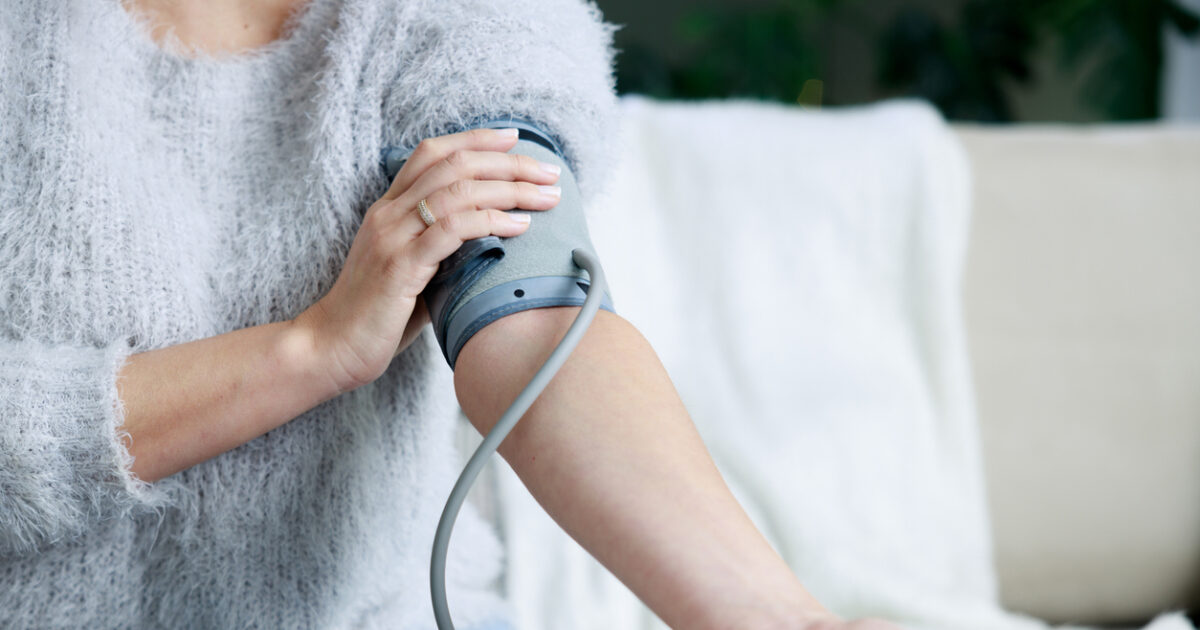OR hypertension can create many problems in look and threaten vision as it can lead to the development of certain ophthalmopathies or accelerate the evolution of others.
Hypertension is very common but despite the improvement in therapies for it and informing the world, it is still very serious. It is estimated that worldwide affects more than 17% of the population (1.4 billion people), and each year is responsible for more than 10 million deaths from problems, such as myocardial infarction and stroke.
“In many cases, high blood pressure evolves asymptomatically and remains unregulated for many years, gradually causing damage to many tissues and organs, including the eyes. Indeed, many hypertension patients learn about her when they visit their ophthalmologist and he finds their eyes characteristic lesions because of it, “says Dr. Anastasios-i. Kanellopoulos, MD, Ophthalmologist Surgeon, Founder and Scientific Director of the Laservision Institute of Ophthalmology, Professor of Ophthalmology at the University of New York.
These lesions are located in the vascular system of retina tunic, at the back of the eye. When a human being has hypertension, the blood is pressed on the arterial walls with more force than normal. Over time, this has the effect of developing damage to the arteries and affecting blood flow, the professor explains.
“Some ophthalmic diseases are directly or indirectly related to hypertension. These include hypertensive retinopathy, choroidopathy and visual neuropathy. In other ophthalmopathies, such as vascular retinal blockages due to clot or embolism and diabetic retinopathy, hypertension is an important risk factor. In addition, it can accelerate non-vascular ophthalmopathy, such as age-degeneration of macular and glaucoma, “he adds.
The most common complication of eye hypertension is the hypertensive retinopathy. It is due to the lesions caused by high pressure on the vascular system and the retinal nerve network. Studies have shown that 6-19% of the non-diabetic population of 40 years and over, has signs of hypertensive retinopathy in its eyes. This percentage is at least 10% in patients who also have diabetes mellitus.
Hypertensive retinopathy has a variety of weight, depending on factors, such as the stage of hypertension and the years when one lives with it without regulating it. When at an early stage, the patient usually has no symptoms. When many damage to the retina accumulates, the patient may develop vision blur or a decrease in visual acuity. Can also see double idols (diplopia) And to have headaches, to feel pain in the eye and to have focal neurological deficits.
Later it may develop fluid accumulation under the retina (choroidopathy), which can lead to the development of scar tissue and further reduce visual acuity.
If the unacceptable hypertension and the lesions continue, the ending may be the optic nerve infestation and the challenge optic neuropathy. It is due to the reduced blood flow, which weakens the nerve cells and leads them to death. It can also cause bleeding in the eye. The ultimate consequence of the optic nerve infecting is the permanent loss of vision.
Patients with hypertensive retinopathy also have an increased risk of developing retinal detachment.
However Not all hypertensives are in danger equally to manifest problems in their eyes. The risk of damage and decrease in vision is much greater in those who have diabetes at the same time, high cholesterol and/or smoke.
In any case, the existence of hypertensive retinopathy is a warning indication that blood pressure is required for immediate regulation. And this is because the microvascular dysfunction caused by hypertension is systematic, that is, it is the whole body and not selectively the eyes. Thus, the patient with retinopathy probably has problems with other organs, such as kidneys and heart. It is also at an increased risk of undergoing vascular stroke. Especially with regard to his eyes, he may have an increased chance of developing diabetic retinopathy or deteriorating it. In both cases, the consequence will be to reduce its vision even faster.
“Good blood pressure regulation is necessary to treat hypertensive retinopathy and maintain vision. Studies have shown that some signs of hypertensive retinopathy can be substituted with appropriate treatment. But this is not always the case and depends on its seriousness. The chances are better when the patient begins treatment in her early stages, ”says Kanellopoulos.
If, finally, you know that you are suffering from hypertension and show a sudden change in your vision, consult your doctor immediately, the teacher recommends. It may be an indication of hypertensive crisis, that is, a dangerous increase in pressure.
